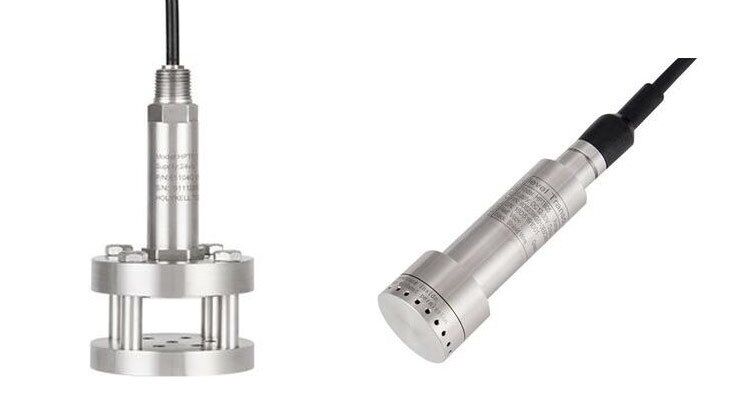The Importance of Choosing Sludge Blanket Level Detector
A high quality sludge blanket level detector is very important for sewage level measurement. There are plenty of options for sewage treatment, but that doesn't mean we're going to mess things up. Therefore, it is a problem that we must solve to select the sensor of sewage level based on different sewage state.
With the continuous development of sensor technology, the appearance and number of types of sludge blanket level detectors are increasing. A variety of sensors is bound to influence our choice, but there is no denying that every sensor manufacturer has designed a sewage sensor around the same theme. Opinions vary from person to person. "Conservatives" believe that the technology of the submersible sewage water level transducer is mature and has been measured for more than 30 years. However, progressives argue that non-contact and wireless sewage sensors simplify sensor operations and save labor costs, and that both Internet and IoT technologies are opening a new chapter for the measurement industry.

In my opinion, we choose the sludge blanket level detector for the same purpose, but the lack of specific analysis of specific problems. I think the muddy degree and the state of the sewage will affect the stability of the sensor. For sewage with high muddy concentration or under water with rocks or weeds, I recommend using anti-clogging slurry level sensor. For industrial sewage and domestic wastewater, we usually use submersible sewage water level transducer.
As it turns out, the most important basis for selecting a sludge blanket level detector is the concentration and state of the sewage. Each level sensor is not all-purpose, but the selectivity of the supervisor is always on our hands.






